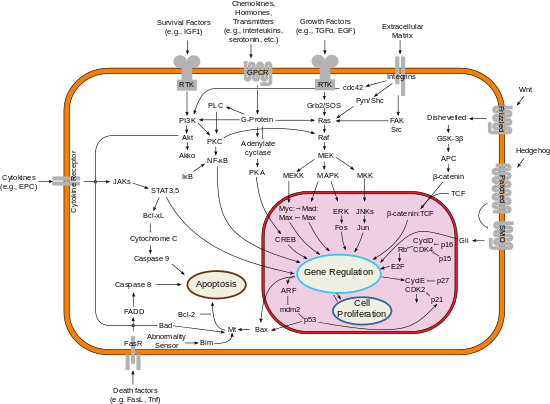The purpose of the medical enterprise is to improve the life of the patient. The process is diagnosis and treatment. Diagnosis should steer the case toward the most beneficial treatment. Even when the diagnosis identifies a condition for which no effective treatment is known, an accurate diagnosis is very beneficial, allowing the avoidance of ineffective therapy and redirecting the situation.
The nature of diagnosis is evolving. We have long gone beyond the era of the hematoxylin - eosin stained specimens. Almost every biopsy is now analyzed by an array of immune reagents, identifying particular antigens, which define subsets. of pathological categories. usually the immunologic analysis leads only to a grouping of the diagnosis, it allows a smaller biopsy to suffice for a diagnosis. Rarely, the immunophenotype identifies a therapeutic target: CD20, Her2, ER, are currently "targeted" therapeutically.
More recently, genetic sequencing has a joined the effort to better define the nature of malignancies. This information has been accompanied by the development of targeted agents, medicines that are marketed as being specific to particular signal transduction pathways. The failure to identify actionable gene mutations has led to cynicism concerning the value of next generation sequencing.
The association between diagnosis, including diagnosis guided by genomic sequencing, and therapy, remains loose. Often, the relationship between the mutation identified and the cancer phenotype is loose. It is unclear if the mutation is a driver or a passenger. Patterns of mutations and their correlation with cell behavior is in its infancy. NEJM. , Ortmann et al.

http://upload.wikimedia.org/wikipedia/commons/thumb/b/b0/Signal_transduction_pathways.svg/550px-Signal_transduction_pathways.svg.png
Scientists are trying to keep the pictures neat. I do not believe that the pathways that are so neatly described are so well behaved. I think that it is very likely that there is more overlap among pathways than is commonly described.The cell is not a set transistors, it is organelles swimming is a pool of chemical reactions,each organelle with its own chemical reaction pool . Thus, interfering with the implicated pathway,(the intervention that is often recommended by the sequencing pathologist) is not likely to be effective
If one wanted to test for the target, one should look at the pattern of protein phosphorylation and other signaling chemical modifications. Looking at the DNA is relatively easy. But it is not the right place to look. The activity of the drugs involves the chemical pathways, not the genes involved in making components of the pathway.
Ultimately, a diagnosis should identify the pathway to disrupt, and therapy should disrupt the pathway with minimum of side sffects,